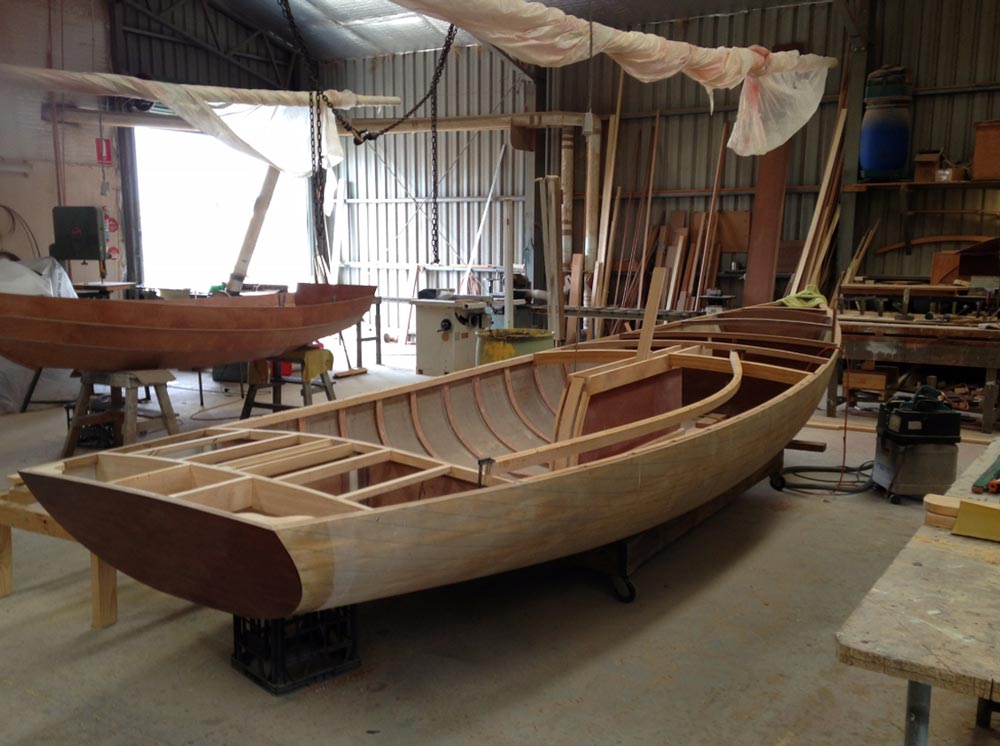Creating a Durable Duck Boat with Proven Construction Plans

Beyond the Blueprint: Unveiling Hidden Gems in Durable Duck Boat Construction
Building a duck boat isn't just about following plans; it's about understanding the nuances of material science, engineering principles, and the often-overlooked art of preventative maintenance. "Creating a Durable Duck Boat with Proven Construction Plans" (let's call it "the book") provides a solid foundation, but this review delves deeper, exploring often-missed aspects crucial for longevity and performance.
The Unsung Heroes: Material Selection and Beyond
Q: The book emphasizes plywood. Are there superior, albeit less conventional, alternatives for a truly durable hull?
A: While marine-grade plywood remains a classic, let's consider alternatives. High-density polyethylene (HDPE) offers exceptional durability against impact and rot, a significant advantage in harsh environments. Its inherent UV resistance also minimizes the need for extensive coatings. However, shaping HDPE requires specialized tools and techniques. Another fascinating prospect is the use of composite materialsâ€"think fiberglass reinforced with sustainable materials like flax or hemp fibers. While more complex to work with, these composites offer superior strength-to-weight ratios and a lower environmental impact compared to traditional fiberglass. Researching the latest advancements in these areas, beyond the book's standard recommendations, could lead to a truly unique and resilient duck boat.
Q: The book focuses on joinery. How can we minimize long-term issues caused by water ingress, even with meticulous craftsmanship?
A: The book rightly stresses precise joinery. However, even the best craftsmanship can't entirely eliminate the risk of water intrusion. A crucial, often-overlooked step is the implementation of a robust sealing system. This goes beyond simple caulk. Consider incorporating structural adhesives, such as epoxy, along with strategically placed marine-grade sealant tapes to create a truly waterproof barrier. Investing in advanced sealant technologies, including those with self-leveling or UV-resistant properties, can significantly enhance the boat's lifespan. This proactive approach adds a layer of protection beyond what basic plans usually address.
Engineering for the Unexpected: Beyond Basic Design
Q: The book provides stable designs, but how can we anticipate and mitigate potential stresses specific to duck hunting?
A: Duck hunting introduces unique stresses. The repetitive jarring from rough water and the constant loading/unloading of gear puts specific strain on certain areas. Finite element analysis (FEA) software, though requiring a steeper learning curve, can help model and predict stress points in the design, allowing for strategic reinforcement in critical areas like the transom, gunwales, and hull bottom. This forward-thinking approach, rarely discussed in introductory boatbuilding resources, minimizes the risk of long-term structural fatigue.
Q: Beyond functionality, how can we enhance the boat’s longevity through thoughtful design choices?
A: Consider the boat's environment. Incorporating features that facilitate easy cleaning and maintenance significantly reduces the risk of rot and corrosion. Self-draining decks, easily removable components, and the use of corrosion-resistant fasteners are all examples of proactive design choices that can greatly extend the boat's lifespan. These details are often overlooked but are crucial for long-term usability.
A Real-World Example: Learning from Failure (and Success)
A seasoned duck hunter I know built his first boat strictly by the book. It lasted five years before significant hull delamination occurred. His second boat, however, was a testament to preventative measures. He used a robust epoxy-based sealing system, reinforced high-stress points using carbon fiber, and incorporated a self-draining system. This boat is still going strong after ten years, showcasing the significance of going beyond the basic plans.
Conclusion: Embracing Innovation in Traditional Craft
While "Creating a Durable Duck Boat with Proven Construction Plans" provides excellent foundational knowledge, true mastery comes from exploring advanced materials, engineering principles, and proactive maintenance strategies. By combining traditional craftsmanship with innovative thinking and an understanding of material science, hobbyists and professionals alike can build duck boats that not only meet expectations but exceed them in durability and longevity.
0 comments:
Post a Comment